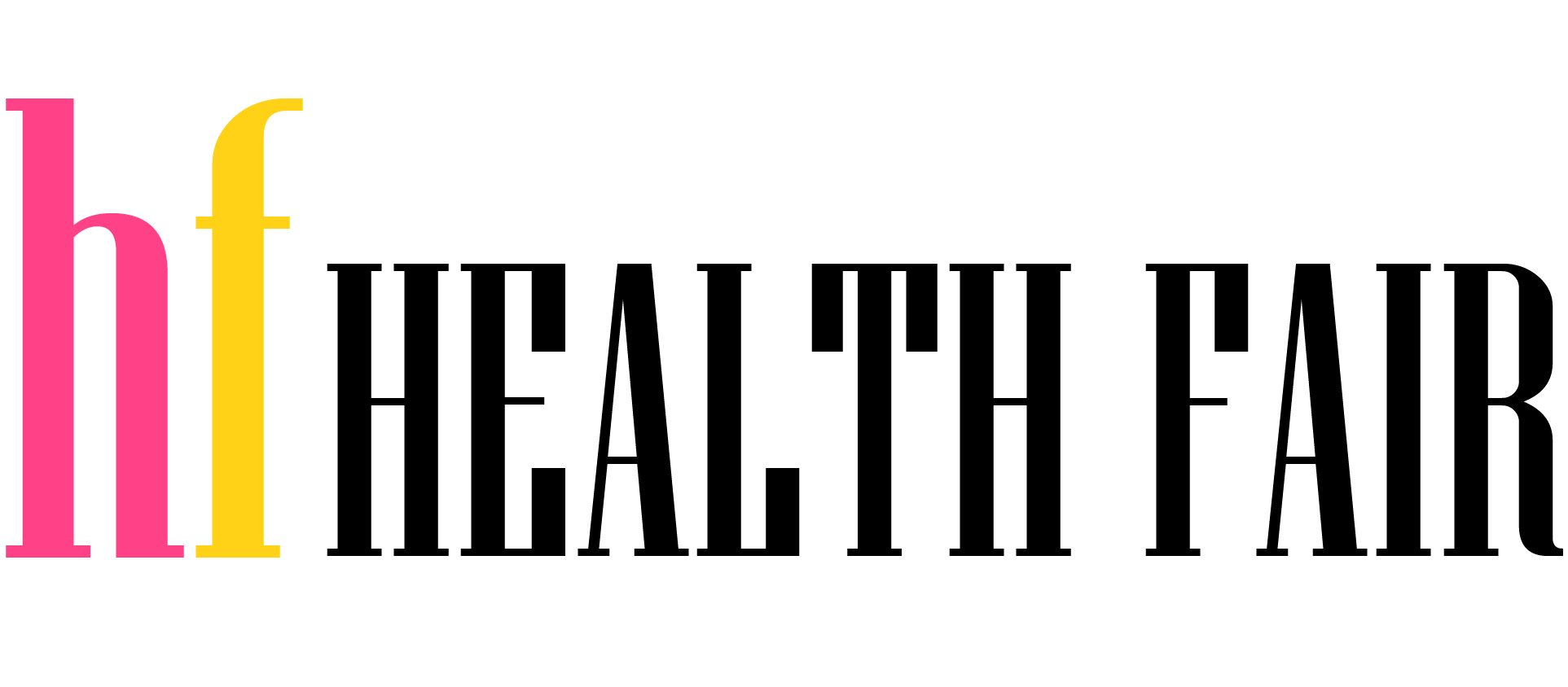The history obtainable from the immediate attendants and the circumstances of the illness give valuable clue to the diagnosis. Some important factors of examinations are: Oculocephalic reflexes (reflex eye movements), conjugate deviation of the eyes, The Caloric tests, Posture of the patient and Funduscopy. General examination should elicit the following features:
1. Evidence for trauma
2. Bleeding from the nose or ears suggesting fracture of the base of the skull
3. Pallor and shock indicating recent blood loss
4. Smell of alcohol and evidence of poisoning.
5. Signs of repeated venepuncture seen in intravenous drug abusers.
6. Type of respiration-acidic breathing, Cheyne-stokes respiration or respiratory depression.
7. Presence of systemic diseases such as diabetes, renal failure, hepatic failure, hypertension, cardio-vascular lesions which may act as sources of emboli, etc.
8. Seizure disorders, eg, epilepsy.
9. Signs of systemic or intracranial infections.
10. After ascertaining the general condition of the patient, and depth of coma, systematic neurological examination should be carried out.
11. Pupils: Inequality of the pupils suggests abnormality. The dilated non-reacting pupil is the result of oculomotor paralysis, which may be due to an involvement of the nerve or its nuclei in the mid-brain.
Bilateral pinpoint pupils nonreactive to light are seen in pontine and thalamic hemorrhage. Pinpoint pupils may be seen as well in narcotic poisoning (e.g morphine).
Oculocephalic reflexes (reflex eye movements): These are tested by turning the head of the patient firmly to either side by 70 degrees and then passively flexing and extending the neck. The eye move opposite to the movement of the head. These “doll’s eye movement depend on the intactness of the third, fourth and sixth cranial nerves and their nuclei, the labyrinth, otoliths, and their central connections in the brain stem including the vestibular nuclei and the medial longitudinal fasciculi. Preservation of the “dolls-eye movement” helps in excluding disease of the brain stem. Unilateral absence of doll’s eye movement suggests ipsilateral pontine lesion. The doll’s eye movements are totally abolished in extensive structural damage to the brain stem and deep metabolic coma.
Conjugate deviation of the eyes: This should be looked for. Lateral conjugate deviation occurs in cerebral or pontine lesions. Conjugate deviation is towards the side of the lesion in destructive disorders and to the contralateral side in irritative disorders in cortical lesions. The converse is true of pontine lesions. In tectal and thalamic lesions, the eyeballs are depressed. In brain stem lesions, spontaneousness vertical nystagmus and skew deviation may occur. The eyeballs are deviated to the opposite side in cerebellar hemorrhage.
The caloric tests: These tests give information of the integrity of the vestibular apparatus, its connections with higher cortical centers. In deepening coma, when cortical function becomes progressively depressed, the fast phase of the nystagmus tends to disappear.
Posture of patient: Flexion of the upper limb and extension of the lower limbs occur in cortical or subcortical lesions above the mid-brain (decorticate posture). When all the four limbs are extended, rigid and adducted, this is known as the decerebrate posture. The lesion is in the brain stem between the superior colliculus and the vestibular nucleus.
Funduscopy: This procedure should be performed in all cases to exclude papilledema and retinal abnormalities. It is mandatory to exclude raised intracranial tension before lumbar puncture is attempted.
